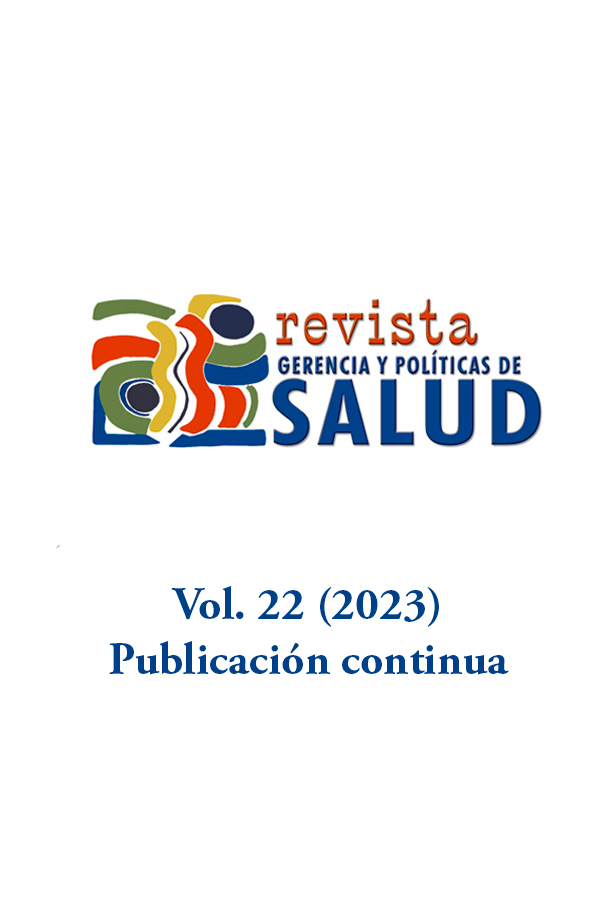Abstract
Despite the advances in gender equity, gaps persist in Colombia in relation to social protection and few studies in this regard include the gender perspective. To find out how social protection policies are related to gender equity policies, the regulatory framework on social protection for women in Colombia between 1990 and 2014 was analyzed through documentary research, with 17 gender equality policy documents. gender equity and social protection. Results: Gender equity policies implicitly contain social protection measures in which two objectives converge: promote the economic autonomy of women and reducing poverty, in two ways: the labor market -generally independent- or State assistance programs and stand out those of a “familyist” cut. Social protection laws, on its part, do not include neither content nor gender perspective; the social risk management approach prevails, in which women are recognized from their status as “workers” or “subjects of assistance”. Conclusion: the normative framework of social protection of women in Colombia proposes measures that "commodify" well-being, with some measures of "de-familiarization" of it.

This work is licensed under a Creative Commons Attribution 4.0 International License.
Copyright (c) 2023 Victoria Eugenia Estrada Trujillo


